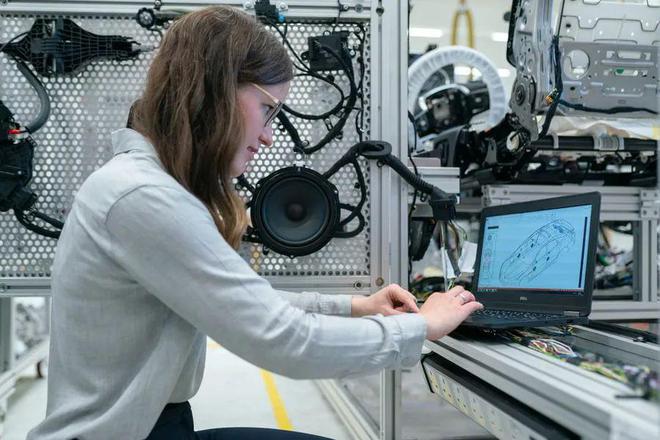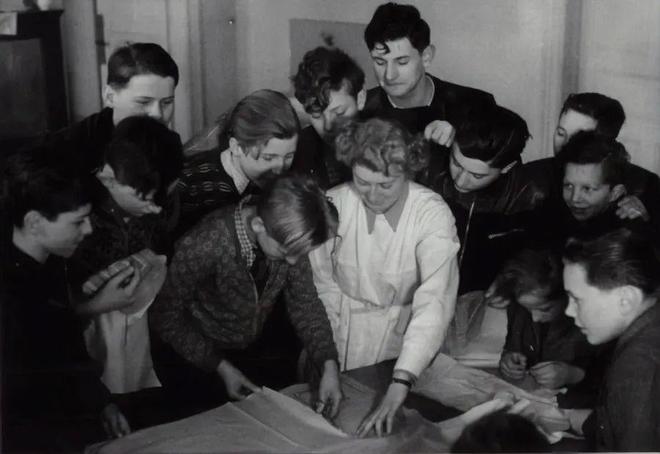When it comes to vocational education, especially in the automobile industry, many people will first think of Germany. As an old industrial country, Germany has a long history of vocational education. However, at present, there are some differences in the fields of vocational education that Britain and Germany are good at, and this difference exactly reflects the characteristics and advantages of British vocational education.
"The UK has never defined vocational education as training workers. There are corresponding vocational education in all walks of life, including preschool education, finance, hairdressing, nursing, cooking and even e-sports. In fact, emerging industries such as artificial intelligence, new energy vehicles, child care have developed into the focus of vocational skills education in the UK. On the contrary, vocational education in some traditional industries is gradually no longer open." Liu Jing introduced that just like the vocational education in the new energy automobile industry conforms to the current trend of sustainable transportation development, the vocational education in the elderly care industry conforms to the needs of an aging society, the vocational education in the medical care industry reflects the needs of medical workers under the COVID-19, the vocational education in the UK reflects the characteristics of innovation and is more oriented to emerging and future vocational fields. As far as the international development of vocational education in China is concerned, The industrial advantages of the UK can complement those of other countries.
The characteristics of British vocational education that keep pace with the times and seek innovation and change are not only reflected in the industry fields it involves, but also in the education objects. Traditionally, the training target of British vocational education is generally young people around the age of 16, but now more and more attention is paid to the concept of "lifelong learning", and it is inclined to provide vocati






